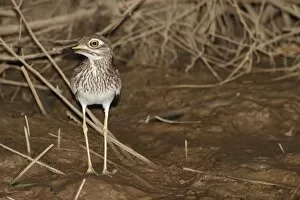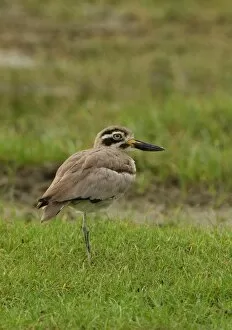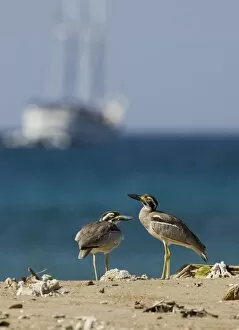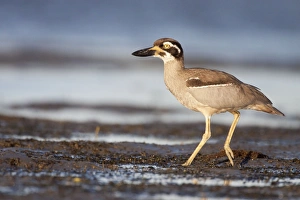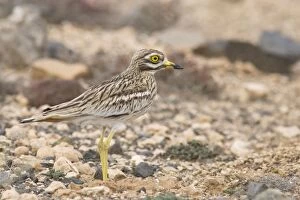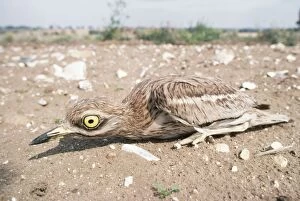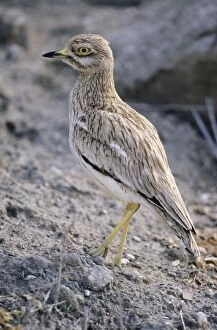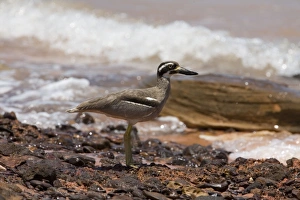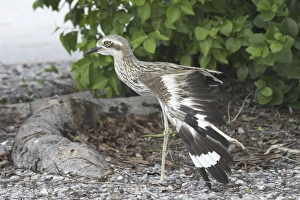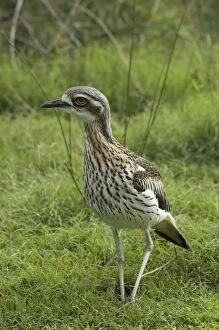Stone Curlew Collection (page 2)
The Stone Curlew, scientifically known as Burhinus ondicnemus, is a fascinating bird species that captivates with its aggressive display and unique features
All Professionally Made to Order for Quick Shipping
The Stone Curlew, scientifically known as Burhinus ondicnemus, is a fascinating bird species that captivates with its aggressive display and unique features. With its distinctive appearance captured in various forms of art, including colour lithographs and engravings, the Stone Curlew stands out among other avian creatures. One such depiction showcases the Eurasian Stone-curlew in all its glory. The vibrant colours bring this magnificent bird to life, highlighting its intricate details and captivating presence. Another artwork portrays a Crane alongside the stone curlew and bustards from 1915. This watercolour masterpiece beautifully captures their coexistence in nature. In Frederick Warne's publication titled "Birds of the British Isles and Their Eggs, " we find an exquisite portrayal of the Stone Curlew amidst its natural habitat. The attention to detail allows us to appreciate not only the bird itself but also its surroundings. Eggs belonging to various birds are also featured within this collection, including those of Woodcock, Snipe, Stone Curlew, Redshank, and Common Sandpiper. These delicate specimens serve as a testament to nature's diversity and beauty. An engraving by George James Rankin showcases another name for this remarkable creature: Norfolk Plover or Thick-Knee - OEdicne mus scol opax (c1910). The artist skillfully brings out every nuance of this stunning bird through his meticulous craftsmanship. A colour lithograph from c. 1860 further emphasizes the timeless appeal of these birds. Their elegance is immortalized on paper for generations to admire. Photographs capture real-life moments featuring these incredible creatures too; one shows a Stone Curlew incubating at nest in a carrot crop located in Brecks Norfolk during springtime while another depicts one at nest in The Brecks Suffolk during June. Whether observed through artistic renderings or photographed snapshots frozen in time, it becomes evident that there is something truly captivating about the Stone Curlew.


